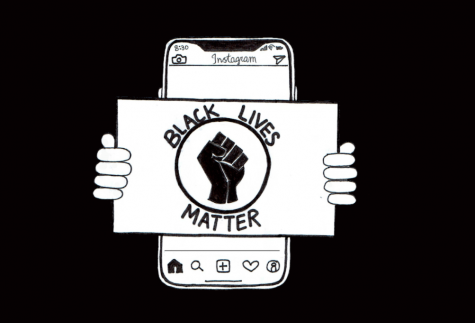Hipstermination

Deconstructed pasta, a hipster favorite.
Judging by how much we all make fun of Langa Chinyoka’s ’17 mason jars (out of which she dares to eat brownies), I would have expected her to give it up at some point, but there she goes, either scooping our newest baked feed into her clear blue mason jar or drinking water out of the jar with a straw. I have to admit, I do admire this tenacity, and I must confess that I got her miniature mason jars for her birthday.
Langa’s hipster tendencies are, however, nowhere near as ostentatious and obvious as those of the other hipsters out there who wear black plastic prescription-less glasses, oversized flannel shirts, and combat boots while riding a fixed-gear bike with kale chips sitting in the basket, though I suspect that she is getting close.
The contemporary hipster culture espouses non-conformism and denial of the mainstream, just as the disillusioned artists of the 20s and 30s created their own subculture to counter the restricted post-World War I social setting. The Jazz Age is an example of this “counterculture:” flappers pioneered what was considered then a scandalous and exciting style of fashion, and ideologies such as those of Freud compelled people to explore their individualism. Similarly, after World War II, there was yet another “hipster” movement, during which the Beatniks were born. Both movements were distancings from the restrained environment of war and protests against the status quo, not unlike today’s hipsters who try so hard to emphasize that they are “too cool” to follow mainstream trends.
But the modern hipster has become much more convoluted and not as easily analyzable as the “hipsters” of the twentieth century. It has become hard to distinguish a “true” hipster from a “fake” hipster. Everyone now seems to be advocating organic food, local farming, juice presses, and man buns, and as a result, these things have lost their exclusivity. We now seem to live in a world in which non-conformism itself has become universalized.
Hipsters are a valuable customer demographic to the fashion, food, and arts industries, and this has bred stores such as American Apparel and Urban Outfitters which sell clothes that look like authentic thrift or “grunge.” Sales of organic kale, avocado, and quinoa have shot through the roof. Obscure “starving artists” are no longer starving. In fact, it has become something of an accomplishment to listen to Spotify playlists with songs by artists our friends have not listened to before.
And so it seems that hipster culture, if this has not started to happen already, is becoming less authentic. Authenticity has become too easy to imitate: manufacturers are now able to create faded and oversized flannel shirts that look decades-old, and the trend of horn-rimmed glasses from the 60s was easily revitalized because the demand was simply met with supply. Carrying around a local organic green smoothie (with flax seeds) creates the illusion of vitality and health. We can call ourselves avid fans of unknown bands even though we know only two of their songs.
Wasn’t the point of hipster culture to deviate from the mainstream? But now that hipster culture has permeated the minds and tastes of so many people, is hipster culture now the mainstream? Will there be a new group of people that tries its utmost not to conform to hipster culture? If the words “hipster” and “mainstream” have become synonymous, doesn’t that mean there is no such thing as uniqueness anymore? As Josie Fulton ’18, who considers herself a “tiny little bit hipster,” says, “Hipsters have taken counterculture and turned it into culture.”
This phenomenon reflects the constant battle between conformity and the desire for individualism. Some people subscribe to hipster culture because they truly want to engage with combating the status quo and/or to explore the unfrequented parts of the world’s culture. I think the willingness to be separate from popular culture is what makes a true hipster. In accordance with such a mindset, Josie Fulton said, “I actually like the Flaming Lips—I actually like the things that fake hipsters have taken!”
But most people seem to take on the hipster ways of life because they want to be a part of this attractively radical movement, one that has veered away from the oh-so-familiar parts of our social environment. The fact that these people want to “become a hipster” for the sake of following a trend ultimately ruins the individualism aspect of hipster culture.
And so, hipster culture is currently undergoing an identity crisis. If shunning trends has become a trend itself, I don’t know what is truly hipster or cool or new anymore. It seems now that to escape conformity, we first must conform.









